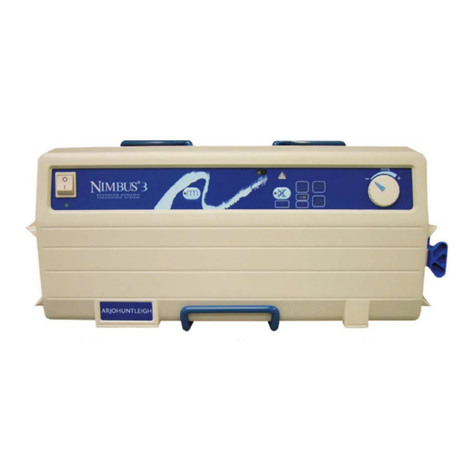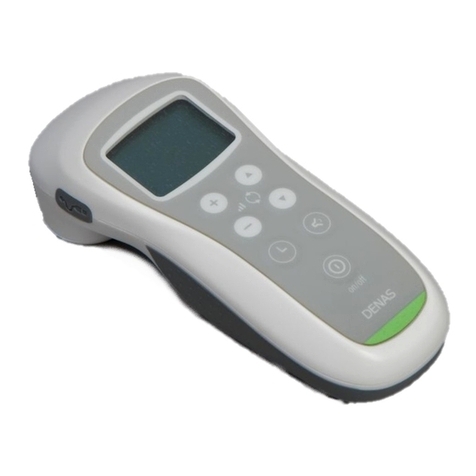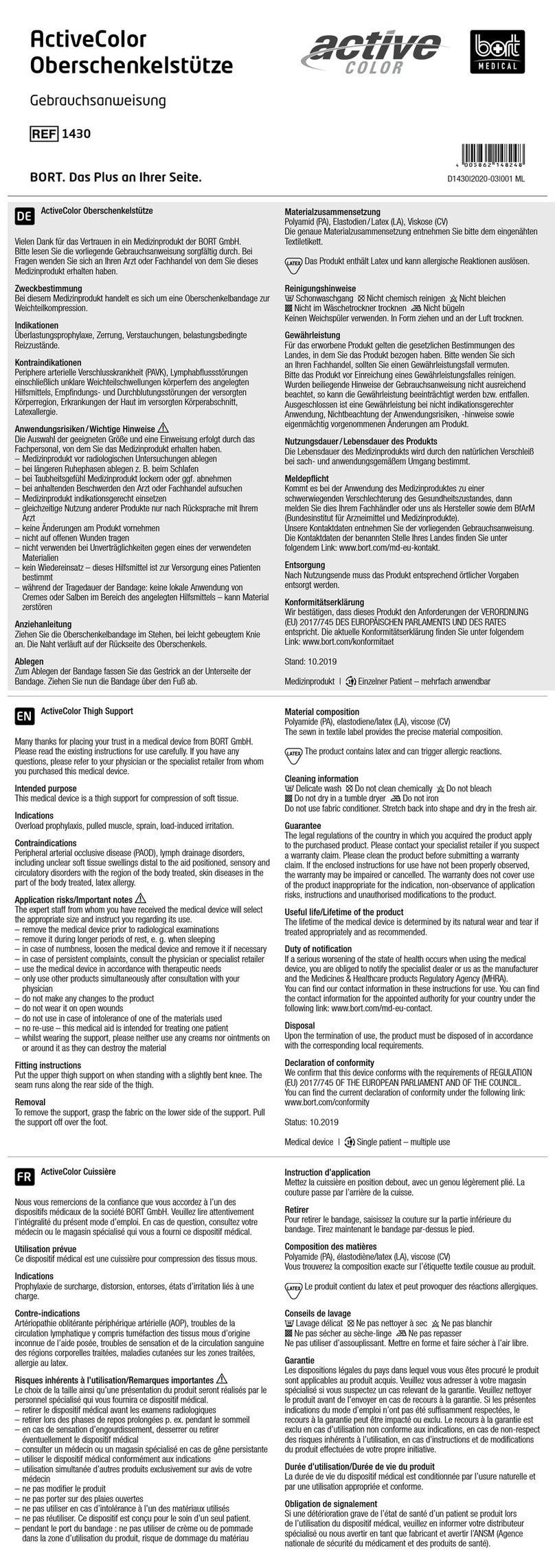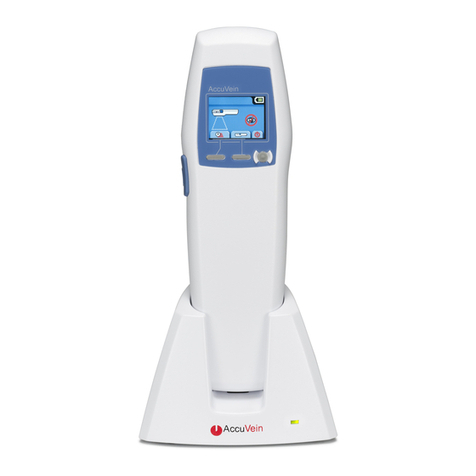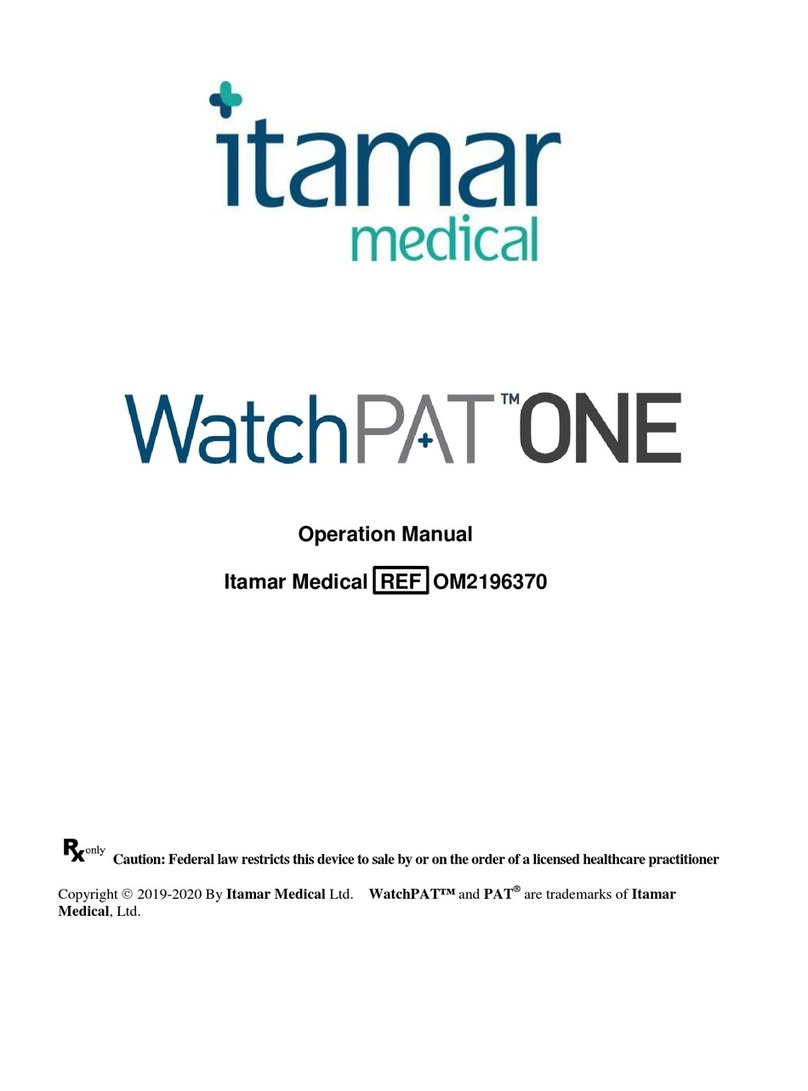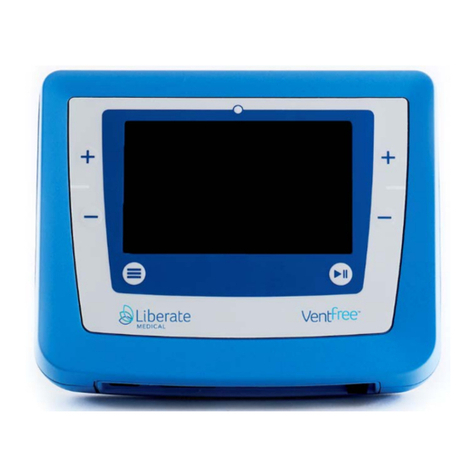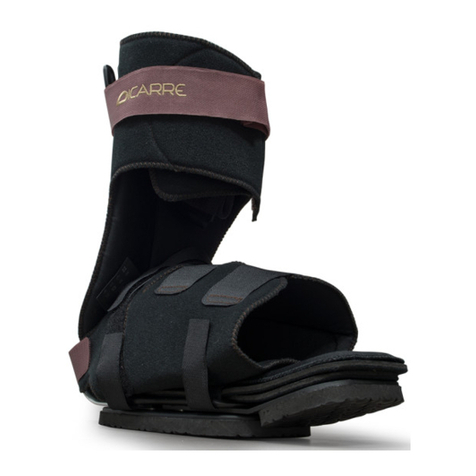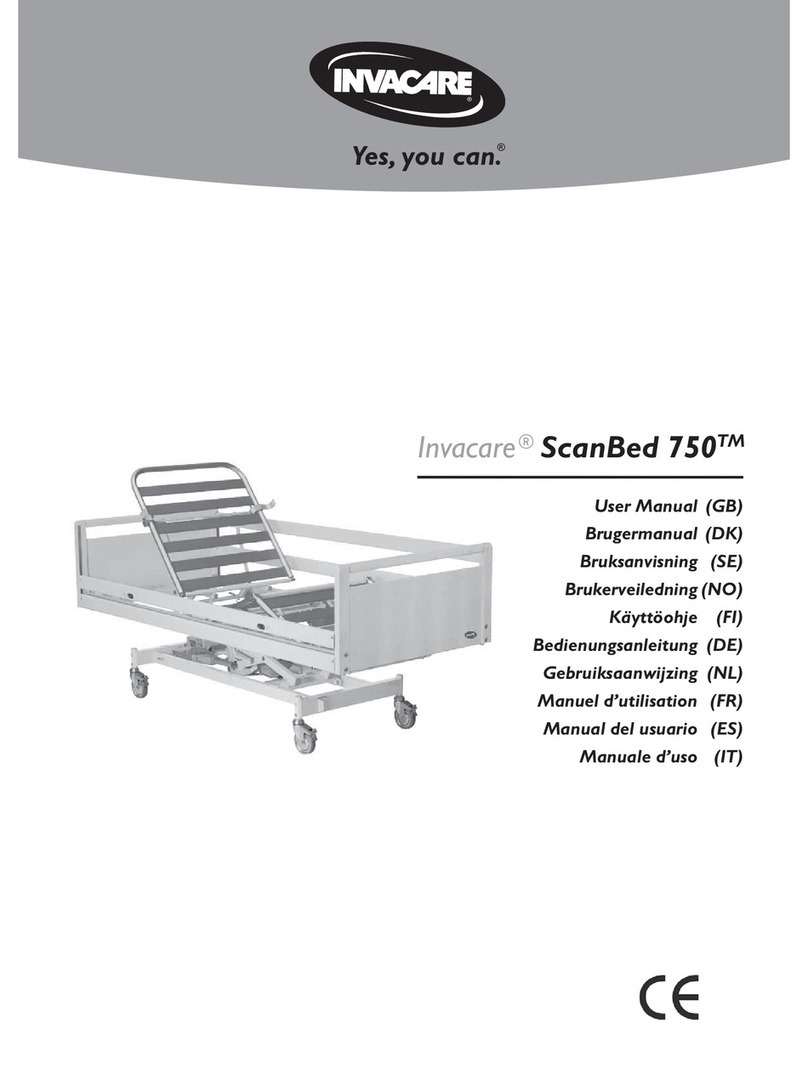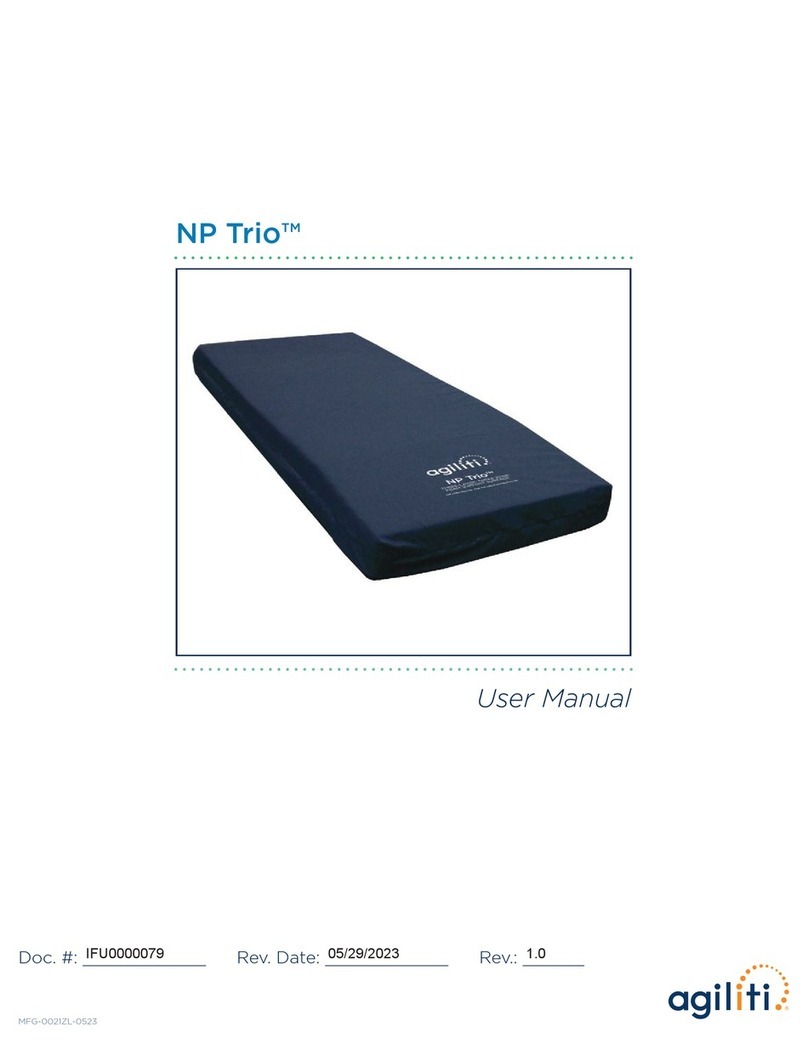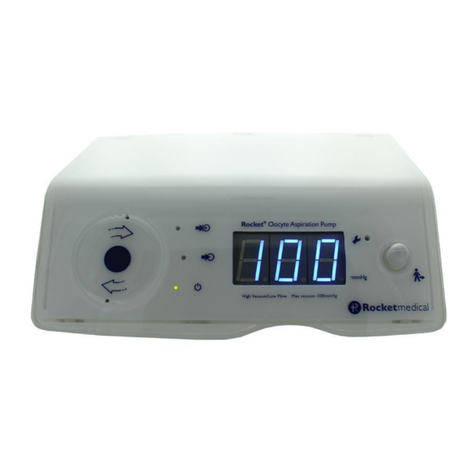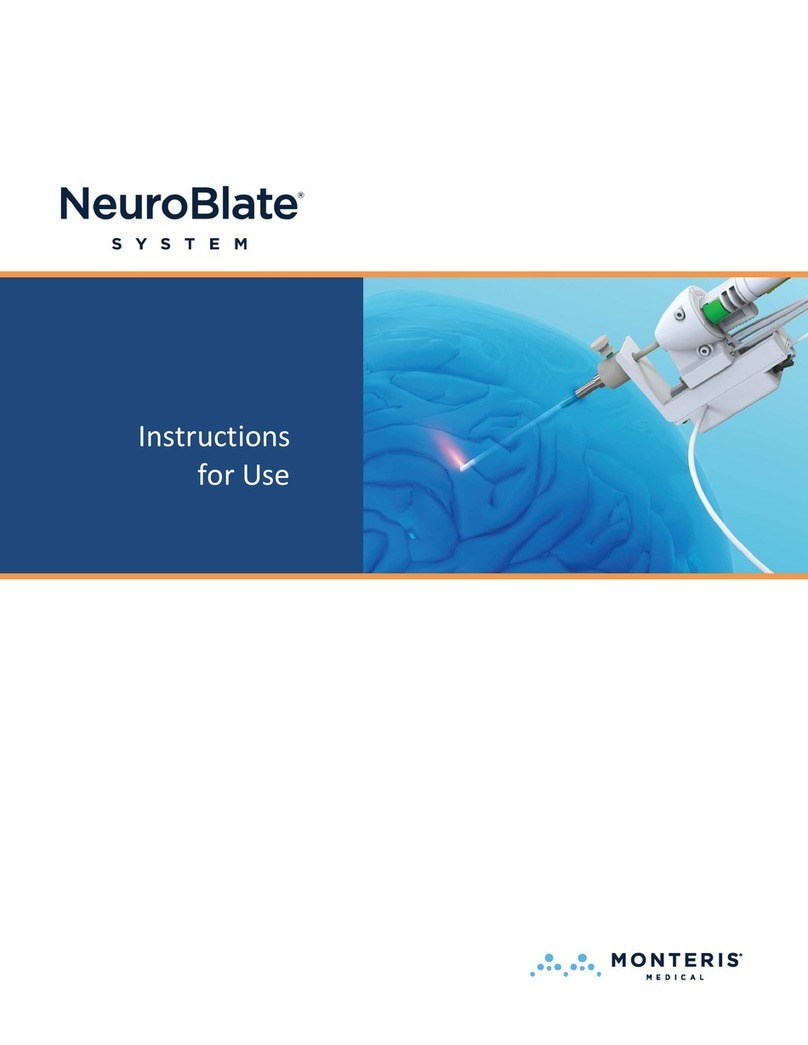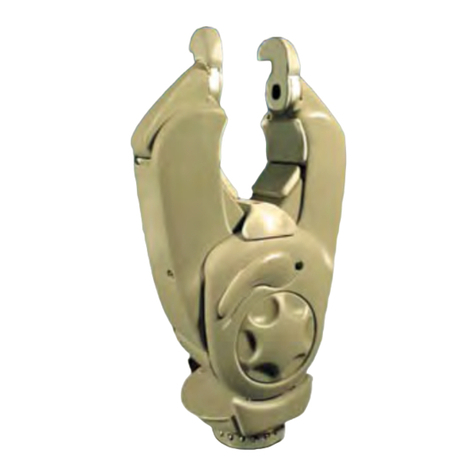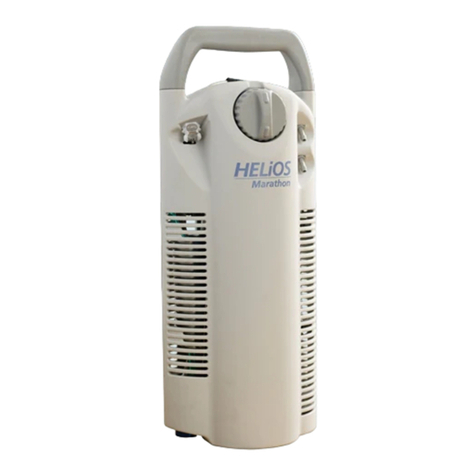
b
Motorized Sectioning Tab Screen (DM only) ............................................ 1-23
TRIM Mode Screen............................................................................................................................1-23
FINE Mode Screen.............................................................................................................................1-24
PAUSE Mode Screen.........................................................................................................................1-25
Tuning Tab Screen...................................................................................... 1-26
Utilities Tab Screen..................................................................................... 1-27
Other Items...................................................................................................................................1-28
History Tab Screen...................................................................................... 1-29
Various Settings.......................................................................................... 1-30
Setting the Section Thickness............................................................................................................1-30
How to Change in the Manual Sectioning Mode...........................................................................1-30
How to Change in the Motorized Sectioning Mode.......................................................................1-30
Setting the TRIM Thickness...............................................................................................................1-31
Registering/Editing in the Temperature Setting FREE Mode..............................................................1-32
How to Set the Chamber Temperature.........................................................................................1-32
How to Set the Specimen Head Temperature...............................................................................1-32
Registering/Editing in the Temperature Setting 1 / Temperature Setting 2 Mode...............................1-33
How to Set the Temperature.........................................................................................................1-33
Setting the Home Position Offset.......................................................................................................1-34
Setting the Sectioning End Position...................................................................................................1-35
Setting the Vacuum Suction Force.....................................................................................................1-36
Setting a Desired Suction Force...................................................................................................1-36
The suction force is fixed to 100%................................................................................................1-36
Setting the Date/Time ........................................................................................................................1-37
Setting the Date............................................................................................................................1-38
Setting the Time ...........................................................................................................................1-38
Setting a Schedule.............................................................................................................................1-39
Explanation of Always-on Operation Setting Screen....................................................................1-39
Setting the Cleaning Operation (Defrost Cycle/Ozone cycle) Start Time......................................1-40
Explanation of Scheduled Operation Setting Screen....................................................................1-41
Setting the Operation Ready/Shutdown Times.............................................................................1-42
Setting Days Off ...........................................................................................................................1-43
Deleting Days Off Setting .............................................................................................................1-43
Setting an Operating Day.............................................................................................................1-44
Deleting an Operating Day Setting...............................................................................................1-44
Using External Save.....................................................................................................................1-45
Backing Up to the Instrument.......................................................................................................1-45
Restoring from the Backup in the Instrument...............................................................................1-45
Outputting (Exporting) to a USB Memory Device .........................................................................1-45
Inputting (Importing) from a USB Memory Device........................................................................1-45
Selecting the Language.....................................................................................................................1-46
Displaying the Maintenance Information............................................................................................1-46
Setting the Cooling Method................................................................................................................1-46
Setting Sounds...................................................................................................................................1-47
Changing the Sound Volume........................................................................................................1-47
Changing the Sound.....................................................................................................................1-47
Setting Accounts ................................................................................................................................1-48
Switching between the Manager List and User List......................................................................1-48
Setting/Changing a Password......................................................................................................1-48
Various Permission Table .............................................................................................................1-49
Using External Save.....................................................................................................................1-50
Backing Up to the Instrument.......................................................................................................1-50
Restoring from the Backup in the Instrument...............................................................................1-50
Outputting (Exporting) to a USB Memory Device .........................................................................1-50
Inputting (Importing) from a USB Memory Device........................................................................1-50
Viewing and Outputting the History....................................................................................................1-51
Checking and Outputting the Error Log........................................................................................1-51
Checking and Outputting the Event Log.......................................................................................1-51
